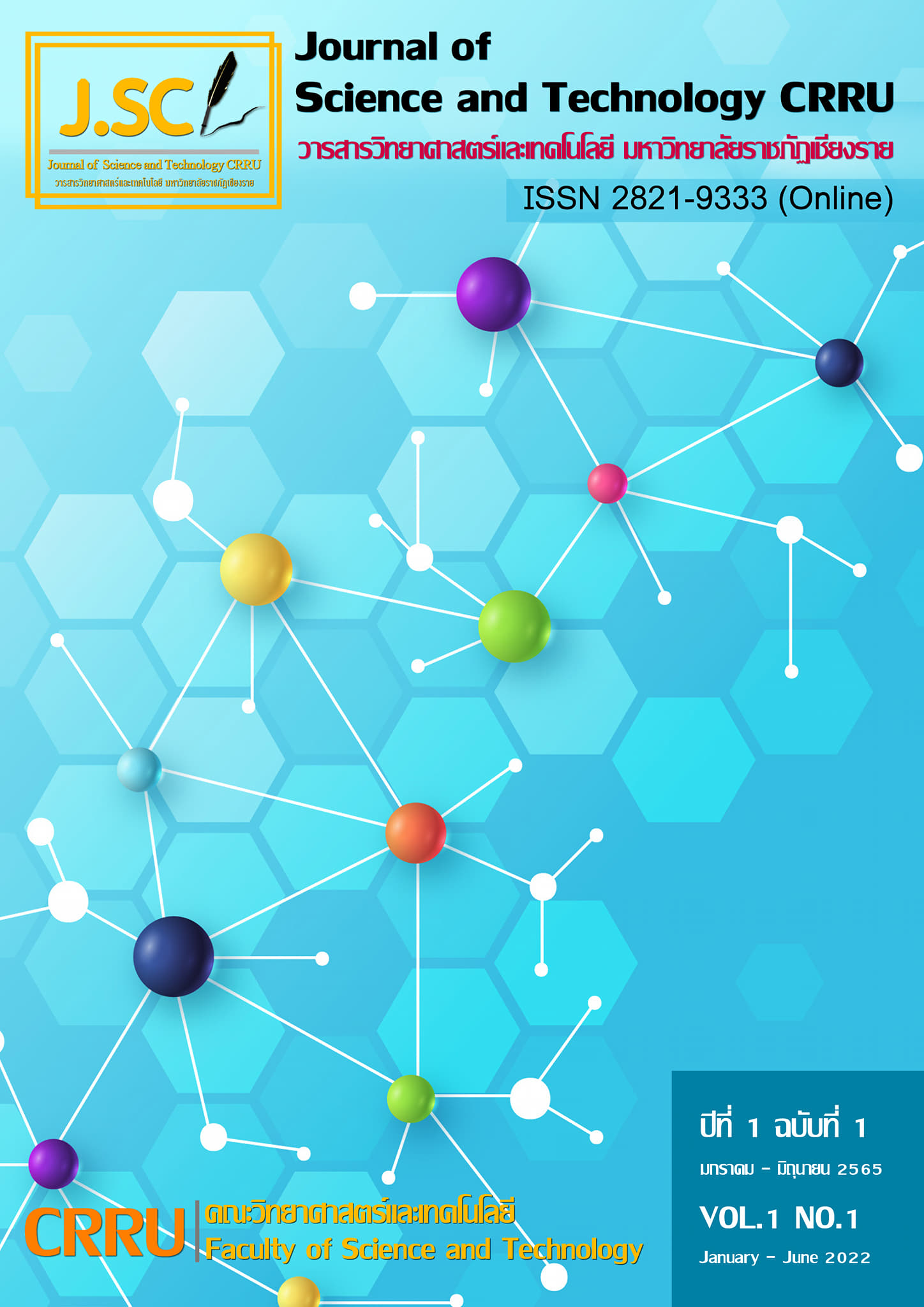Capacity and Market Demand of Wellness Tourism for Hot Springs, Phetchabun Province
Main Article Content
Abstract
This study a cross-sectional descriptive study aimed to find the need for activities to support health tourism from natural hot springs and the potential to accommodate health tourism. Using an interview form with a line of Self Administered Questionnaire. By choosing the quota form, it is the selection of samples according to the characteristics of the researcher's interest, that was collected via in-depth interviews from the sample quota sampling of 40 tourists who use the natural hot springs in Nam Ron Sub-district, Mueang District, Phetchabun Province, and was collected through in-depth interviews from a group of tourist officers, community leaders, health tourism business owners, a total of 40 participants. The data analyze by content analysis. The coefficients were .78 and .72, respectively. Descriptive statistics were used to analyze the data.
The results showed the need for activities to support health tourism; tourists. The mind care dimension required. To support health tourists service, participants need to survive for local food, homestay for tourists, drinking coffee in hot springs, and activity check-in at view Ban Rai and Khao Rop Chang, respectively. It was also found that obstacles to tourism in the community of tourists are the lack of connection between health service providers and tourism providers. There are few service points and areas for bathing or bathing in natural hot springs. Natural hot springs lack the staff to provide service, and GPS positioning points suggesting directions to tourism locations are unclear.
Article Details

This work is licensed under a Creative Commons Attribution-NonCommercial-NoDerivatives 4.0 International License.
Journal of TCI is licensed under a Creative Commons Attribution-NonCommercial-NoDerivatives 4.0 International (CC BY-NC-ND 4.0)
References
Global Spa Summitt & SRI international. (2020). Spas and the Global Wellness Market: Synergies and Opportunities May 2020.
Global Wellness Institute. (2015). The Global Wellness Tourism Economy 2013 & 2014.
Global Spa Summitt. (2012). RESEARCH REPORT: GLOBAL SPA SUMMIT 2011. Wellness Tourism and Medical Tourism: Where Do Spas Fit.
สำนักงานคณะกรรมการวิจัยแห่งชาติ (2559). นโยบายและยุทธศาสตร์การวิจัยของชาติ ฉบับที่ 9 (พ.ศ.2560 – 2564). สืบค้นจาก http://www.nrms.go.th
กระทรวงการท่องเที่ยวและกีฬา และ กระทรวงสาธารณสุข. (2559). ร่างยุทธศาสตร์การพัฒนาประเทศไทยให้เป็นศูนยกลาง สุขภาพนานาชาติ 2559-2568 ฉบับสมบูรณ. ครั้งที่ 2/2559.
Spafinder Wellness 365™ (2014). 2015 Trends Report Top 10 Global Spa and Wellness Trends Forecast. Spafinder Wellness, Inc. 2015.
Nutworadee Kanittingsuttitong. (2016). Motivation and Decision Making in Choosing Medical Tourism Service in Thailand. ASEAN Journal of Management & Innovation Volume 2 Number 2. July – December 2015.
ณัฏฐวรดี คณิตินสุทธิทอง. (2560). ความต้องการของตลาดและศักยภาพการรองรับ การท่องเที่ยวเชิงสุขภาพของจังหวัดนครศรีธรรมราช. มหาวิทยาลัยเทคโนโลยีราชมงคลศรีวิชัย. 26 พ.ค. 2564.
นราวดี บัวขวัญ. (2559). ขีดความสามารถในการรองรับของการท่องเที่ยวโดยชุมชนในพื้นที่ 5 จังหวัดชายแดนภาคใต้ (สตูล สงขลา ปัตตานียะลา และนราธิวาส). สำนักงานคณะกรรมการวิจัยแห่งชาติและสำนักงานกองทุนสนับสนุนการวิจัย.
ชื่นนภา นิลสนธิ. (2559). การท่องเที่ยวเชิงสุขภาวะด้านการพัฒนาการฟื้นฟูจิตวิญญาณ: ปัจจัยแรงจูงใจที่มีอิทธิพลต่อความพึงพอใจและการตั้งใจกลับมาท่องเที่ยวซ้ำ กรณีศึกษาจังหวัดเชียงใหม่.คณะการจัดการการท่องเที่ยว, สถาบันบัณฑิตพัฒนบริหารศาสตร์.
Kassean, H and Gassita, R. (2013). Exploring Tourists Push and Pull Motivations to Visit Mauritius as a Tourist Destination. African Journal of Hospitality, Tourism and Leisure.12 (3): 1-13.
Connell, J. (2011). Medical Tourism. Cambridge, MA: CABI.
Panchal, Jenny H. (2012). The Asian Spa: a Study of Tourist Motivations, “Flow” and the Benefits of Spa Experiences. Master’s thesis, Cook University.
Crompton, John. L. (1979). Motivations for Pleasure Vacation. Annals of Tourism Research. 6 (4):408-424.
Mak, A. H. N.; Wong, K. K.F.and Chang, R. C. Y. (2009). Health or Self-Indulgence? The Motivations and Characteristics of Spa-Goers. International Journal of Tourism Research. 11 (2):185-199.
Azman, I. and Chan, K. L. J. (2010). Health and Spa Tourism Business: Tourists’ Profiles and Motivational Factors, in Health, Wellness and Tourism: Healthy Tourists, Healthy Business?. Proceedings of the Travel and Tourism Research Association 2010, Budapest, pp. 9-24.


